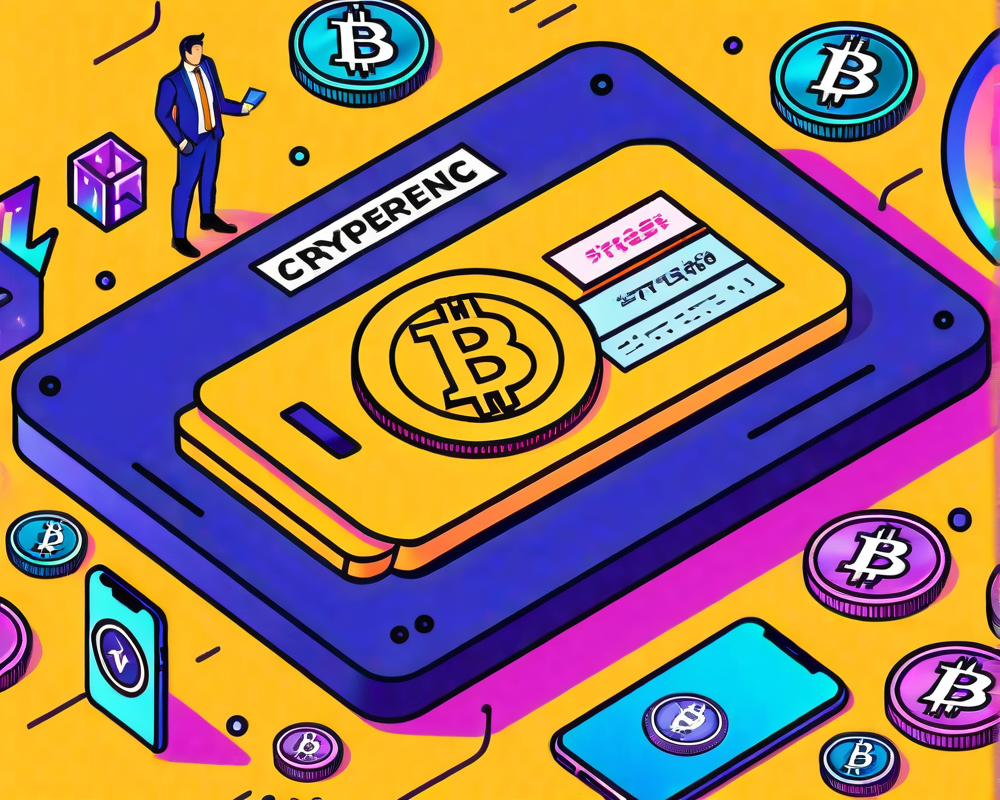The Case of Mr. Huang and His Audi
Last week, a futuristic saga began circulating among crypto enthusiasts, revealing how digital currency can fuel drama as much as it can finance high-end purchases. Enter Mr. Huang, who believed he was closing the deal on a shiny 2019 Audi AL6 for a cool 409,800 Chinese yuan, or around $59,477 at the time. However, instead of cash, Huang dropped 1,281 Unihash (UNIH) tokens to seal the deal with a car dealership in Shanghai. Spoiler alert: The Audi never arrived.
When the Wheels Refused to Turn
According to the sales contract, Mr. Huang was to receive his four-wheeled friend within three months. Fast forward three years, and we see Huang deceptively navigating the legal maze to retrieve his car—or at least some satisfaction for his digital currency investment. After the deadline passed without the car’s appearance, Huang took bold action and filed a lawsuit. He sought not just the vehicle, but also daily interest racking up to a cheeky 0.66% on the undelivered car’s worth. Interest rates might seem steep, but unmet promises often come with even steeper consequences.
The Verdict: A Crypto Cliffhanger
If you thought Huang’s case would end with a pop of champagne next to his new Audi, think again. In June, the Shanghai Fengxian Court ruled the sales contract null and void, citing regulations from a cryptocurrency ban enacted in September 2017. The court’s reasoning? Digital assets like UNIH couldn’t be wheels on the track of daily transactions. It turns out, in China, trying to use a digital currency in a car purchase leads you off the beaten path into a legal twilight zone.
The Mystery of UNIH: From Hope to Hopelessness
How did Huang and the seller dream up a conversion rate of 1 UNIH = 320 Chinese yuan in the first place? That’s a solid question! UNIH was supposed to be the crème de la crème of digital payment tokens for e-commerce. Unfortunately, shortly after launching in 2018, whispers filled the digital ether, labeling the project as a “scam.” Investors suddenly felt like they had been trapped in a consumer nightmare rather than enjoying the digital currency renaissance.
The Aftermath: A Cautionary Tale for Crypto Users
Today, the UNIH project seems lost in cyberspace with no social links, market presence, or even a pulse of development. The company’s original white paper? Let’s just say the promises made therein feel more like a distant dream than any hint of reality. Remember that pledge about appearing on exchanges by Q4 2019? It seems like a classic case of “Oh, look! A unicorn!” — beautiful but mythical.
Lessons Learned: Proceed with Caution
The tale of Mr. Huang serves as a poignant reminder for all crypto aficionados: just because you can use cryptocurrency in a transaction doesn’t mean you should. The intertwining of digital currency and consumer purchases may have potential, but its pitfalls are as real as the promised Audi that never hit the road.















+ There are no comments
Add yours